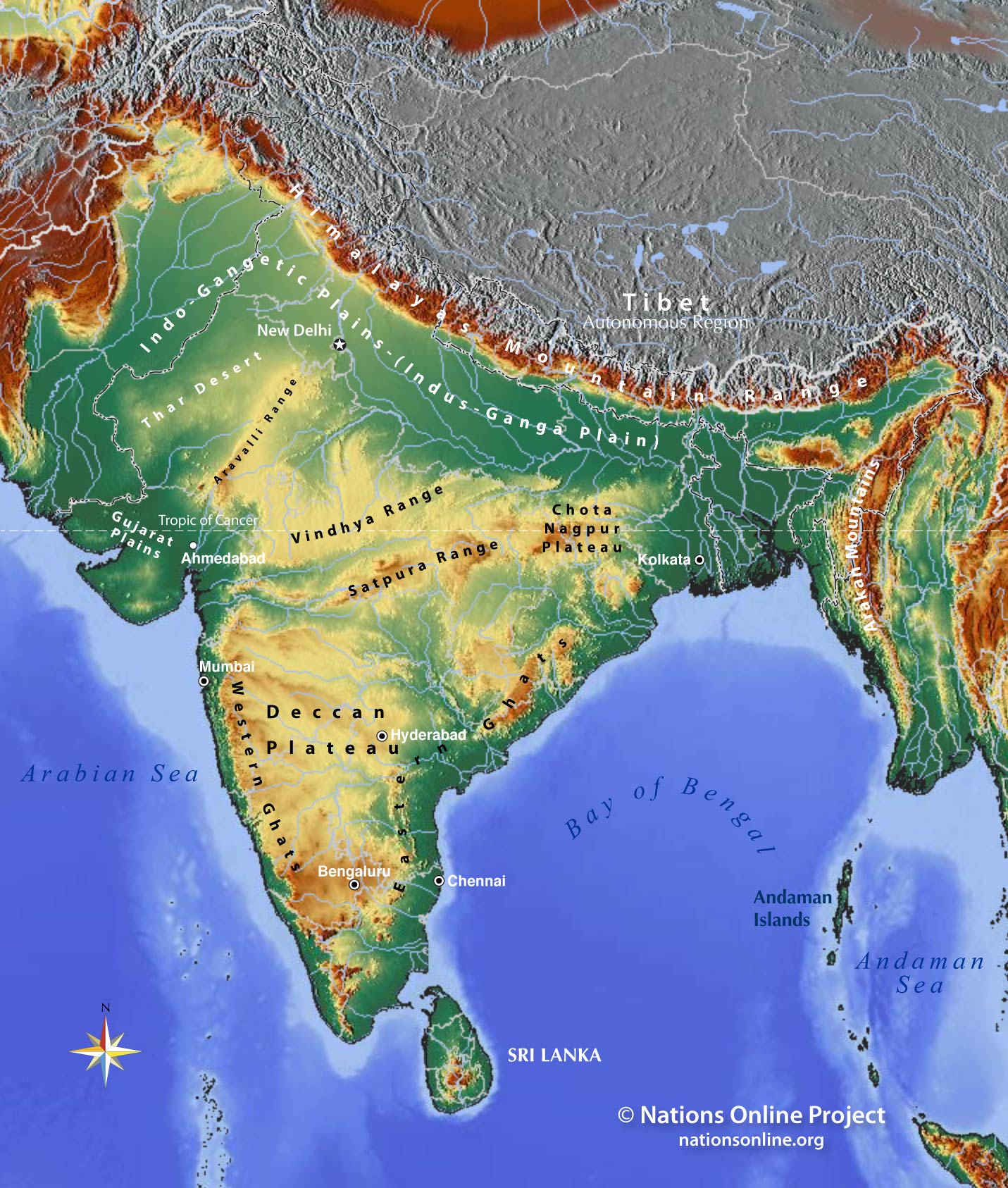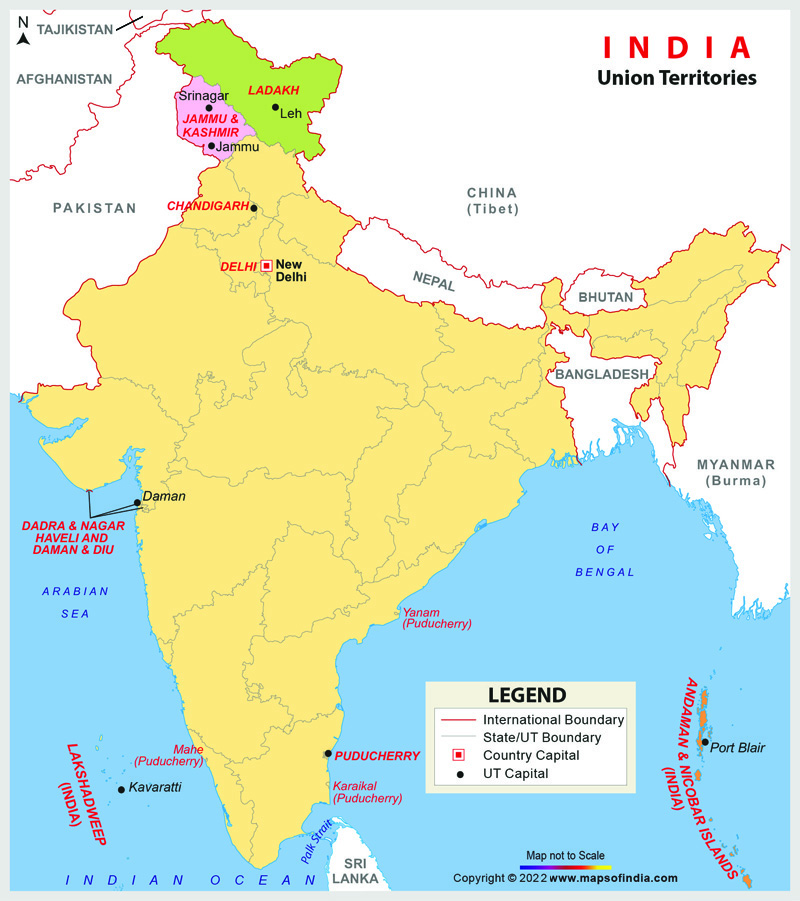As there is a INDEPENDENCE DAY today we are going to write these post of INDIA so I would think you will read these and get many information about INDIA so we are writting these post . In these post you will get all the information about the INDIA & HAPPY INDEPENDENCE DAY to all of you from us.
HELLO,
India, officially the Republic of India , is a country in South Asia. It is the secound most populated country, the seventh largest country by land area, and the most populous democracy in the world. Bounded by the Indian Ocean on the south, the Arabian Sea on the southwest, and the Bay of Bengal on the southeast, and the neighbouring countries are Pakistan, China , Sri lanka, Bhutan and etc .The total neighbouring countries are 7 countires . In the Indian Ocean, India is in the vicinity of Sri Lanka and the Maldives; its Andaman and Nicobar Islands share a maritime border with Thailand and Indonesia.
Modern humans arrived on the Indian subcontinent from Africa no later than 55,000 years ago.Their long occupation, initially in varying forms of isolation as hunter-gatherers, has made the region highly diverse, second only to Africa in human genetic diversity.Settled life emerged on the subcontinent in the western margins of the Indus river basin 9,000 years ago, evolving gradually into the Indus Valley Civilisation of the third millennium BCE. By 1200 BCE, an archaic form of Sanskrit, an Indo-European language, had diffused into India from the northwest, unfolding as the language of the Rigveda, and recording the dawning of Hinduism in India.The Dravidian languages of India were supplanted in the northern regions.By 400 BCE, stratification and exclusion by caste had emerged within Hinduism,and Buddhism and Jainism had arisen, proclaiming social orders unlinked to heredity.Early political consolidations gave rise to the loose-knit Maurya and Gupta Empires based in the Ganges Basin. Their collective era was suffused with wide-ranging creativity, but also marked by the declining status of women, and the incorporation of untouchability into an organised system of belief. In South India, the Middle kingdoms exported Dravidian-languages scripts and religious cultures to the kingdoms of Southeast Asia.
In the early medieval era, Christianity, Islam, Judaism, and Zoroastrianism put down roots on India's southern and western coasts.Muslim armies from Central Asia intermittently overran India's northern plains, eventually establishing the Delhi Sultanate, and drawing northern India into the cosmopolitan networks of medieval Islam. In the 15th century, the Vijayanagara Empire created a long-lasting composite Hindu culture in south India. In the Punjab, Sikhism emerged, rejecting institutionalised religion. The Mughal Empire, in 1526, ushered in two centuries of relative peace,leaving a legacy of luminous architecture. Gradually expanding rule of the British East India Company followed, turning India into a colonial economy, but also consolidating its sovereignty. British Crown rule began in 1858. The rights promised to Indians were granted slowly, but technological changes were introduced, and ideas of education, modernity and the public life took root. A pioneering and influential nationalist movement emerged, which was noted for nonviolent resistance and became the major factor in ending British rule. In 1947 the British Indian Empire was partitioned into two independent dominions, a Hindu-majority Dominion of India and a Muslim-majority Dominion of Pakistan, amid large-scale loss of life and an unprecedented migration.
India has been a secular federal republic since 1950, governed in a democratic parliamentary system. It is a pluralistic, multilingual and multi-ethnic society. India's population grew from 361 million in 1951 to 1,211 million in 2011.During the same time, its nominal per capita income increased from US$64 annually to US$1,498, and its literacy rate from 16.6% to 74%. From being a comparatively destitute country in 1951, India has become a fast-growing major economy, a hub for information technology services, with an expanding middle class. It has a space programme which includes several planned or completed extraterrestrial missions. Indian movies, music, and spiritual teachings play an increasing role in global culture. India has substantially reduced its rate of poverty, though at the cost of increasing economic inequality. India is a nuclear weapons state, which ranks high in military expenditure. It has disputes over Kashmir with its neighbours, Pakistan and China, unresolved since the mid-20th century. Among the socio-economic challenges India faces are gender inequality, child malnutrition, and rising levels of air pollution.India's land is megadiverse, with four biodiversity hotspots. Its forest cover comprises 21.4% of its area. India's wildlife, which has traditionally been viewed with tolerance in India's culture, is supported among these forests, and elsewhere, in protected habitats.
HOW THE WORD 'INDIA' DERIVED
According to the Oxford English Dictionary , the name "India" is derived from the Classical Latin India, a reference to South Asia and an uncertain region to its east; and in turn derived successively from: Hellenistic Greek India ancient Greek Indos ; Old Persian Hindush, an eastern province of the Achaemenid empire; and ultimately its cognate, the Sanskrit Sindhu, or "river," specifically the Indus river and, by implication, its well-settled southern basin. The ancient Greeks referred to the Indians as Indoi , which translates as "The people of the Indus".
The term Bharat , mentioned in both Indian epic poetry and the Constitution of India,is used in its variations by many Indian languages. A modern rendering of the historical name Bharatavarsha, which applied originally to a region of the Gangetic Valley, Bharat gained increased currency from the mid-19th century as a native name for India.
Hindustan is a Middle Persian name for India, introduced during the Mughal Empire and used widely since. Its meaning has varied, referring to a region encompassing present-day northern India and Pakistan or to India in its near entirety.GEOGRAPHY
India lies on the Indian Plate, the northern part of the Indo-Australian Plate, whose continental crust forms the Indian subcontinent. The country is situated north of the equator between 8°4' north to 37°6' north latitude and 68°7' east to 97°25' east longitude.It is the seventh-largest country in the world, with a total area of 3,287,263 square kilometres (1,269,219 sq mi). India measures 3,214 km (1,997 mi) from north to south and 2,933 km (1,822 mi) from east to west. It has a land frontier of 15,200 km (9,445 mi) and a coastline of 7,516.6 km (4,671 mi).
On the south, India projects into and is bounded by the Indian Ocean—in particular, by the Arabian Sea on the west, the Lakshadweep Sea to the southwest, the Bay of Bengal on the east, and the Indian Ocean proper to the south. The Palk Strait and Gulf of Mannar separate India from Sri Lanka to its immediate southeast, and the Maldives are some 125 kilometres (78 mi) to the south of India's Lakshadweep Islands across the Eight Degree Channel. India's Andaman and Nicobar Islands, some 1,200 kilometres (750 mi) southeast of the mainland, share maritime borders with Myanmar , Thailand and Indonesia. Kanyakumari at 8°4′41″N and 77°55′230″E is the southernmost tip of the Indian mainland, while the southernmost point in India is Indira Point on Great Nicobar Island. The northernmost point which is under Indian administration is Indira Col, Siachen Glacier. India's territorial waters extend into the sea to a distance of 12 nautical miles (13.8 mi; 22.2 km) from the coast baseline.India has the 18th largest Exclusive Economic Zone of 2,305,143 km2 (890,021 sq mi).
The northern frontiers of India are defined largely by the Himalayan mountain range, where the country borders China, Bhutan, and Nepal. Its western border with Pakistan lies in the Karakoram range, Punjab Plains, the Thar Desert and the Rann of Kutch salt marshes. In the far northeast, the Chin Hills and Kachin Hills, deeply forested mountainous regions, separate India from Burma. On the east, its border with Bangladesh is largely defined by the Khasi Hills and Mizo Hills, and the watershed region of the Indo-Gangetic Plain.
The Ganga is the longest river originating in India. The Ganga–Brahmaputra system occupies most of northern, central, and eastern India, while the Deccan Plateau occupies most of southern India. Kangchenjunga, in the Indian state of Sikkim, is the highest point in India at 8,586 m (28,169 ft) and the world's third highest peak.The climate across India ranges from equatorial in the far south, to alpine and tundra in the upper regions of the Himalayas.
THE MAPS 

POLITICAL MAP PHYSICAL MAP
THE 10 MOST POPULAR MONUMENTS
1. Taj Mahal
2.Golden Temple
3. Meenakshi Temple
4.Mysore Place
5.Gate Way Of India
6.Red Fort
7. Hawa Mahal
8.Qutub Minar
9.Sanchi Stupa
10.Charminar
OTHER INFORMATION
The language spoken in India are:
- Assamese
- Bengali
- Gujarati
- Hindi
- Kannada
- Kashmiri
- Konkani
- Malayalam
- Manipuri
- Marathi
- Nepali
- Oriya
- Punjabi
- Sanskrit
- Sindhi
- Tamil
- Telugu
- Urdu
- Bodo
- Santhali
- Maithili
- Dogri



Post a Comment